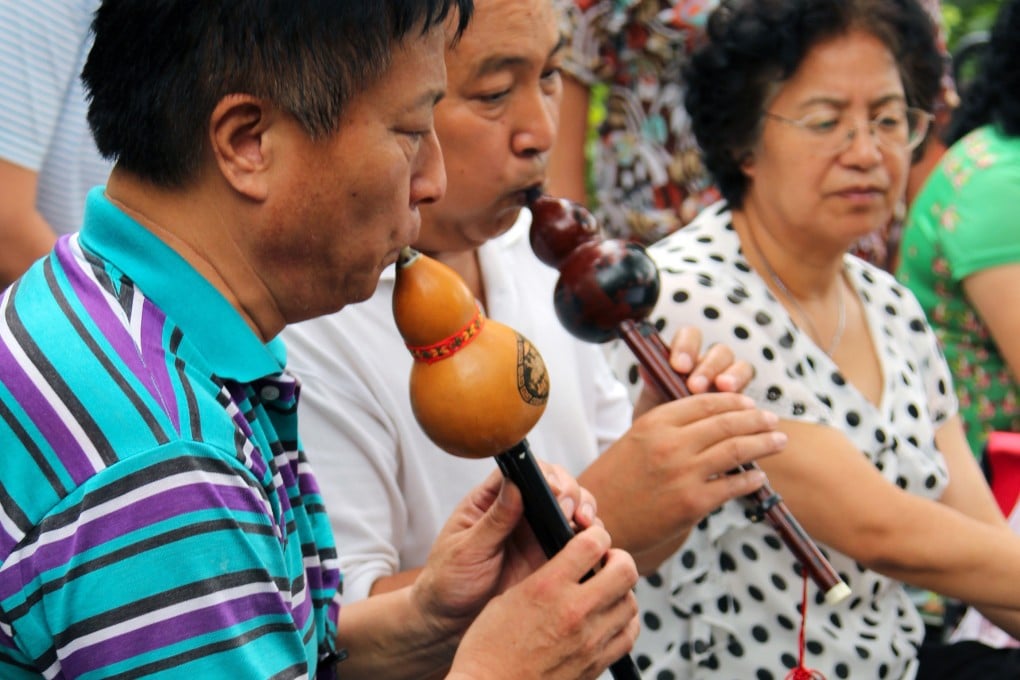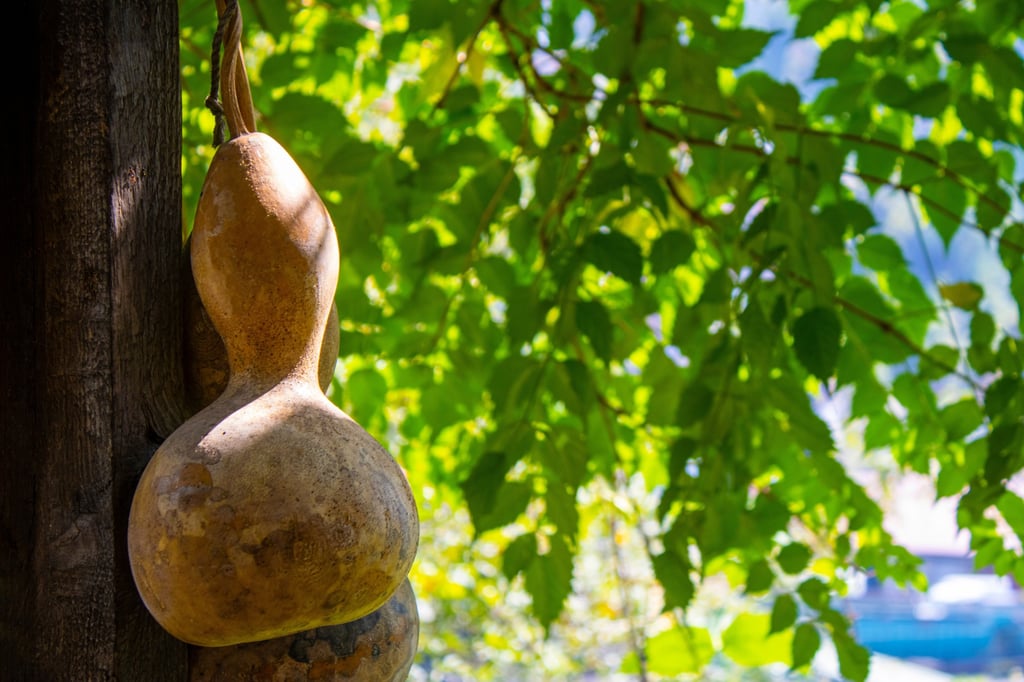How traditional Chinese instruments sheng and ‘Chinese bagpipes’ make music using gourds
The calabash or bottle gourd produced wind instruments the ‘Chinese bagpipes’ and sheng, their sounds key to a modern Chinese orchestra

For most people, gourds are for eating, not for making musical instruments, but in Chinese music, gourds are one of the eight categories of instruments and produce some of the most essential sounds in a modern orchestra such as the Hong Kong Chinese Orchestra.
The category, known as pao in Cantonese and hulu in Mandarin, is named after a specific kind of gourd called the calabash or bottle gourd.
It looks like a small sphere atop a larger one, with a narrow neck at the top. When dried, it becomes wood-like, with an impermeable shell, and for centuries has been used for transporting liquids.

Below are two of the most common gourd instruments found in Chinese orchestras today.
1. Sheng
